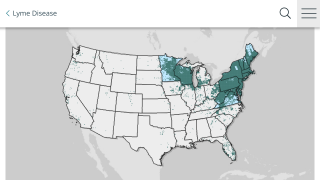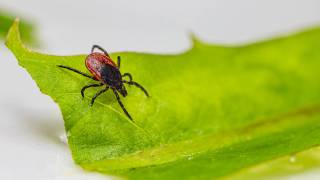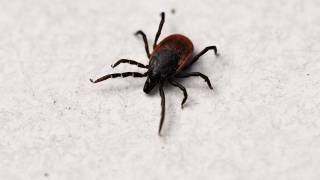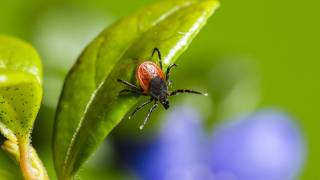Parasitizing Birds Bring More than Lyme Disease

Ticks are very effective disease vectors, connecting humans to diseases in wild reservoirs like Lyme disease. Although mammals commonly serve as hosts for ticks, they typically travel relatively short distances before ticks complete their blood meal and drop off.
However, parasitizing birds, especially migratory birds, allows them to travel very long distances.
For example, the Asian long-horned tick was first detected in New Jersey in 2017 and has since been found in 14 other states.
“Geographic distribution is changing very rapidly in many tick species,” said Dr. Lorenza Beati of Georgia Southern University, a co-author of a related study, in a press release on November 18, 2024.
“For some migrating exotic ticks, global warming may create conditions at their northern destination similar to their usual range. If warmer climatic conditions are combined with the presence of suitable vertebrate hosts for all tick life stages, the chance of establishment is going to increase.”
To investigate tick dispersal through migrating birds, scientists set up nets at six locations where birds stop to rest along the northern Gulf of Mexico. Each bird was ringed with a band carrying an identification number, measured, and examined to check its physical condition and look for ticks.
When ticks were found, these were removed and preserved for later DNA analysis to confirm the species and identify the micro-organisms they carried.
The scientists divided the birds into three categories — residents, short-distance migrants, and long-distance migrants – and mapped out the different species’ geographic distributions to understand where they could have picked up ticks.
This highlighted how far ticks could be carried: mean dispersal distances rose as high as 5000km.
However, parasitism turned out to be relatively low.
Nearly 15,000 birds were sampled, almost 2,000 more than once, yet only 421 ticks were collected from 164 birds.
Although 18 different species of tick were identified — including several neotropical species not established in the US — just four species accounted for 81% of the ticks identified by the scientists.
This study found that short-distance migrants carried more ticks than long-distance migrants.
The scientists then analyzed the bacteria carried by the ticks.
The most common bacteria were Francisella, endosymbionts that help ticks function. Higher levels of Francisella bacteria in a tick have previously been associated with lower levels of Rickettsia or Cutibacterium.
The second most abundant bacteria were Rickettsia species, which could indicate that they have a symbiotic relationship with ticks, which is currently unknown to us.
Parasitizing migrating birds, which travel long distances, demands significant energy expenditure from the ticks attached to the birds: it may be that the Rickettsia species help them cope somehow.
Some species of Rickettsia can cause diseases in humans, including spotted fevers, but we don’t yet know if invasive species of ticks are likely to transmit these diseases to humans.
The scientists explained ....“Not only could these ticks bring new pathogens, but if they manage to establish themselves in the US, they could become additional vectors of pathogens already present in this country or maintain pathogens in wildlife reservoirs, which can then become sources of infection,” said Karim.
He recommended that people protect themselves with insect repellent and check for ticks after walking in tick-infested areas.
While no vaccines are available for these exotic diseases, recent announcements indicate the first Lyme disease vaccine may become available in 2026.
Our Trust Standards: Medical Advisory Committee
























